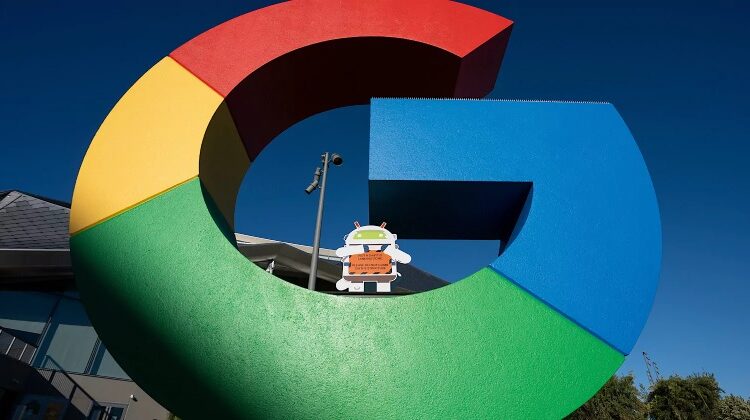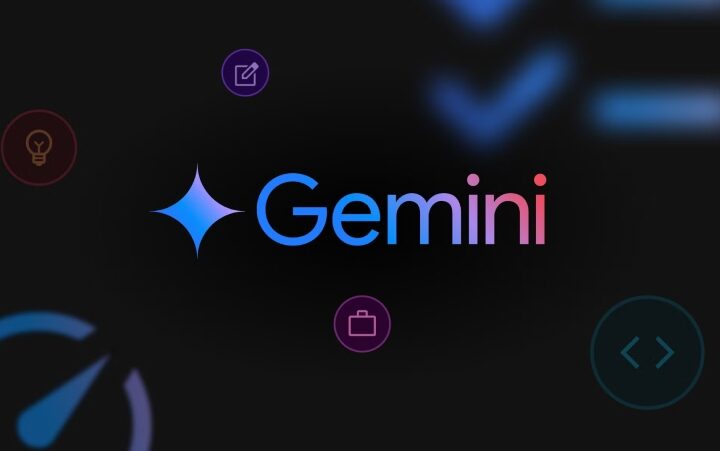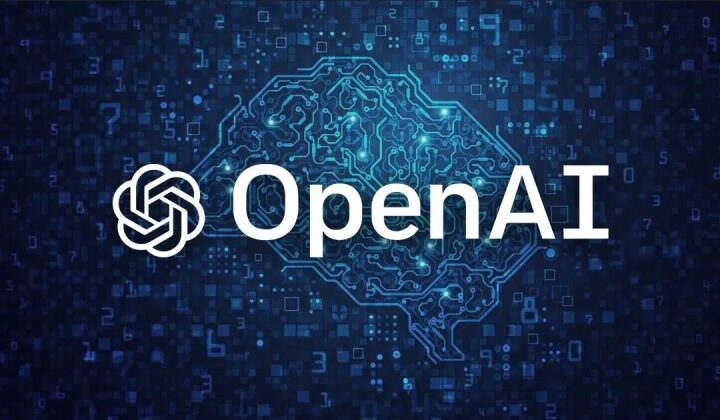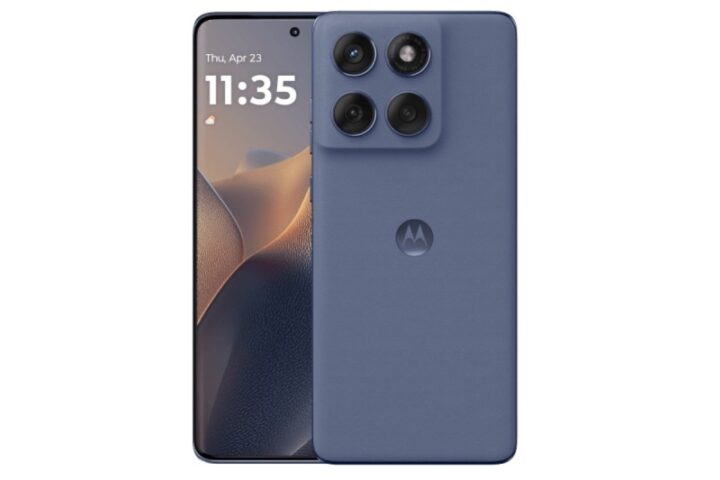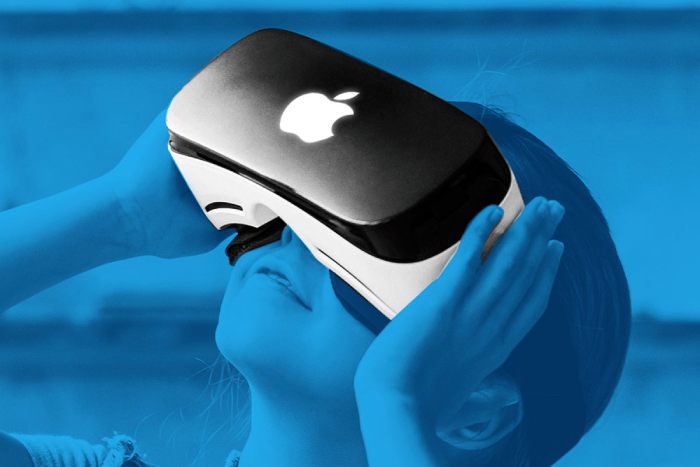Google revealed “Circle to Search,” a new method for searching on Android phones, in connection with Samsung’s launch event today. With this functionality, users will be able to search on their phone from anywhere at any time by touching, scribbling, circling, or highlighting. According to Google, the purpose of the feature is to make it easier for users to interact with Google Search whenever a question comes up, such as when watching a video, looking at a photo inside a social media app, or contacting a friend.
The name “Circle to Search” is a little deceptive for this new Android feature, as it really refers to interacting with the text or image on the screen to initiate the search and not always by making a “circling” motion.
There are other ways to start a search, including when you wish to recognize something in a picture or video. One such way is by making a circle motion. For example, you may circle the item in a food video of a Korean corn dog and then ask yourself, “Why are these so popular?”
There are more movements that can be used to activate the feature. You can get more information about a restaurant by just tapping on its name while you and your friend talk about it on a messaging app. The business also says that you may swipe across a string of words to make it into a search. An example of this is the term “thrift flip,” which shows up when you watch a YouTube Shorts video about thrifting.
You can write or circle an object on your screen if it stimulates your curiosity. For example, Google proposes that you may sketch on a creator’s boots or circle the sunglasses they wore in their video to search for relevant things on Google without having to navigate between applications. Google adds that you can use the writing motion on words as well as photos.
Users will receive different search results depending on which Google Labs products they choose to utilize and what query they enter. A text-only search can return standard results, but an image-and-text query, or “multisearch,” as Google refers to it, makes use of generative artificial intelligence. Additionally, just as with other SGE questions, users taking part in Google’s Search Generative Experience (SGE) experiment through Google Labs will receive AI-powered responses.
The company thinks that having search accessible from any app will be significant since users won’t need to interrupt their current task to initiate a search or snap a screenshot to remember to search for something later.
However, the introduction of this feature corresponds with a decline in the prominence of Google Search. Spam and SEO-optimized pages have taken over the internet, making it harder to obtain information through searches. Concurrently, chatbots powered by generative AI are being utilized to supplement or even replace conventional search methods. If more individuals start turning to other sources for their answers, the latter may have a detrimental effect on Google’s primary advertising business.
Therefore, making the entire Android phone platform a searchable surface is not just a “meaningful” move for users; rather, it’s an acknowledgement that Google’s Search business needs to be strengthened by more thorough integration with the operating system of smartphones.
During today’s event, Google revealed many AI-related features for Gemini, Android Auto, and Google Messages. It also comes with a brand-new overview function for multisearch in Google Lens that is driven by AI.
The new Galaxy S24 Series smartphones, which were unveiled today at the Samsung event, as well as high-end Android devices like the Pixel 8 and Pixel 8 Pro, will support Circle to Search starting on January 31. It will be accessible everywhere phones are available, in all languages. According to Google, more Android smartphones will eventually enable the feature.

